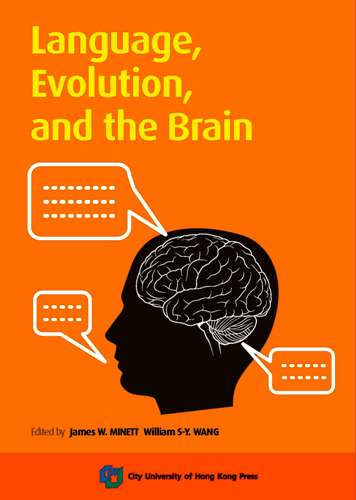Homepage
Home
Prof. Y.T. Zhang wins the Hong Kong ICT Gold Award
Both the “Non-contact Electro-cardiogram Monitoring Bedsheet” and “Health-shirt” developed by a team led by Professor Zhang Yuan-ting of the Department of Electronic Engineering, received the Best Lifestyle Gold Award (Home Life and Healthy Living) from the Hong Kong ICT Awards 2008. These two low-cost and user-friendly devices monitor heart rate and blood pressure on a 24-hour basis which is particularly beneficial to heart disease patients and people with high risk (elders and hypertension patients).
Coronary heart disease is the number one killer in Hong Kong and causes more than 6,000 deaths each year. Patients suffering from sudden heart attack may die shortly if rescue is not available in time. The Non-contact Electro-cardiogram Monitoring Bedsheet uses soft and thin conductive textile as electrodes, which are fixed on specific spots to monitor user’s heart rate and its variability. Whenever the bedsheet detects a hazardous situation, it will give an alarm or dial a designated phone number for help, thus preventing sudden deaths of heart disease patients during sleep. As no electrodes or wires are attached to the user, the bedsheet will not obstruct normal sleep and suits people of different ages with different sleeping postures. The accuracy of the bedsheet reaches 90%. It will be put on the market in six months with a price below HK$1,000.
A common sphygmomanometer can measure blood pressure at a certain moment only. If continuous monitoring of blood pressure is needed, the measuring procedures have to be performed repeatedly. The Health-shirt avoids such inconvenience, and integrates the functions of monitoring, diagnosis and non-drug treatment. By putting on the specially designed Health-shirt, a user’s variability of heart rate and blood pressure can be measured continuously by means of the conductive textile in the shirt. The indices are then shown on watches or mobile phones. When the blood pressure reaches a certain high level, a built-in MP3 player will automatically play a suitably therapeutic music to lower the user’s blood pressure to normal level.
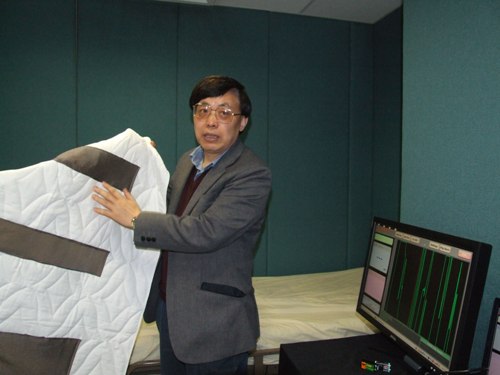
Fig.1 Non-contact Electro-cardiogram Monitoring Bedsheet
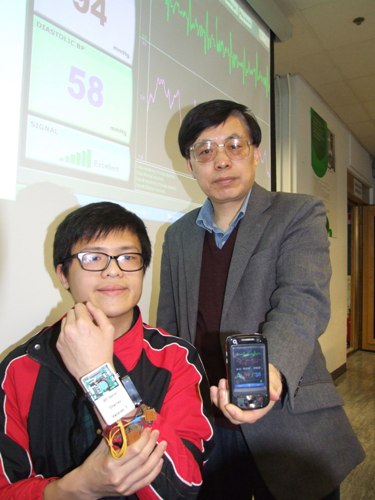
Fig.2 Health-shirt
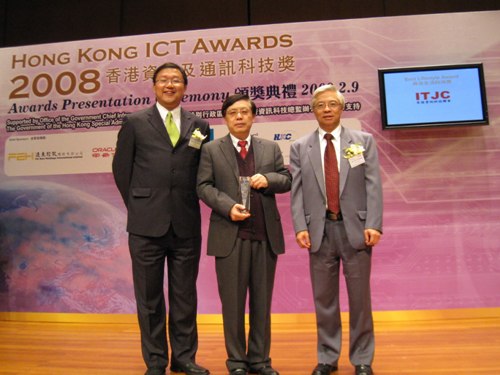
Fig. 3 Professor Zhang receives the Gold Award from Ir. SW Cheung (right), Vice President of Hong Kong Science & Technology Parks Corporation, and Prof. KF Wong (left), President of Hong Kong Information Technology Joint Council
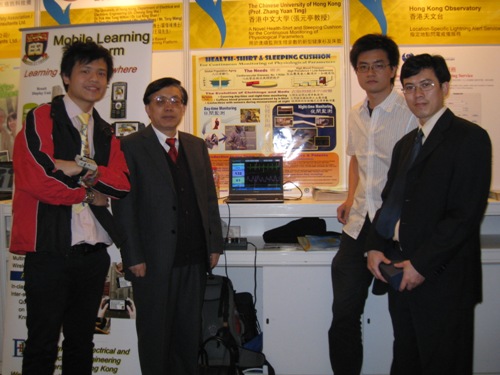
Fig. 4 Prof. Zhang and his research team
A recent article entitled "Controlling of the surface energy of the gate dielectric in organic field-effect transistors by polymer blend" (Appl. Phys. Lett. 2009, 94, 093302) by Prof. J.B. Xu's team and collaborators has been highlighted by "Noteworthy Chemistry", a weekly feature produced by the American Chemical Society (ACS) that collects and summarizes innovative ideas and has become a valuable stand alone resource for today’s informed chemistry professional.
Highlight by Noteworthy Chemistry:
Match surface energies to obtain high field-effect mobility. Organic field-effect transistors (OFETs) play an essential role in making low-cost, large-area electronic products. Much effort has been devoted to modifying dielectric–semiconductor interfaces to adjust the surface energy of the gate dielectric and enhance field-effect mobility.
Polymeric dielectrics are promising gate materials for making flexible OFETs. Controlling the surface energy of the gate dielectric and the morphology of the semiconductor deposited onto it, however, is challenging. J. Gao, J. B. Xu, and coauthors at the Chinese University of Hong Kong and the University of Groningen (The Netherlands) attacked this problem with a simple approach.
The researchers built OFETs by depositing copper phthalocyanine (CuPc) semiconductors onto dielectric layers of poly(methyl methacrylate) (PMMA)–polystyrene (PS) blends. The highest field-effect mobility [0.01 cm2/(V∙s)] is obtained when the surface energy of the polymer dielectrics is modulated to match that of the semiconductor by adjusting the PMMA/PS blend ratio to 1:3. The high mobility results from the desired morphology and favors growth of CuPc on the dielectric layer. This finding demonstrates the advantage of using insulating polymer blends to control the surface energy of the gate dielectric to achieve better OFET performance. (Appl. Phys. Lett. 2009, 94, 093302; Ben Zhong Tang)”
Prof. J. B. Xu has recently been selected as Member of International Advisory Committee of International Conference on Nanoscience and Technology, China 2009 (ChinaNano 2009). The conference is presumably the largest one on nanoscience and nanotechnology in the Greater China and Asia. The Conference Chairman is Prof. Chunli Bai, Executive Vice President of Chinese Academy of Sciences.
The extraordinarily high level of current international funding in nanoscience and nanotechnology explicitly manifests its perceived importance for a whole range of technologies in the coming 20 years or so. The 2007 Nobel Prize in Physics awarded to two discovers of GMR also ascertains this importance. GMR is now widely used in PC hard disks for achieving ultra-high density of data storage. The discovery is considered as one of the first real applications of the promising field of nanotechnology, as announced by the Nobel Prize Committee.
Prof. W.K. Cham, PI of the Project “Future Multimedia Standards”, has been awarded a research grant of HK$1,000,000 (Aug. 2008 – Jan. 2010) from Hong Kong Applied Science and Technology Research Institute Company Ltd.
Project Title: Future Multimedia Standards
The objective of this project is to develop new video coding techniques for future multimedia standards. This project will investigate the use of new integer transforms to improve video fidelity and the use of human visual system models to improve subjective visual quality of coded video. The results will be submitted for the consideration of becoming an international coding standard.
The project will allow Hong Kong to be a central place for intellectual property creation and accumulation in the multimedia consumer electronics space, enhance the competitiveness of local industries, and help them to capture the huge emerging market opportunities for multimedia devices, applications and services.
Prof. William S.Y. Wang and Dr. James W. Minett have recently published a new book titled “Language, Evolution, and the Brain”.
This volume consists of an important collection of papers presented at the Seminar on Language, Evolution, and the Brain (SLEB), hosted by the International Institute for Advanced Studies in Kyoto, Japan, bringing together distinguished researchers with backgrounds in cognitive science, anthropology, linguistics, robotics, physics, etc. Major topics discussed include:
- Creoles and pidgins, and their implications regarding language evolution.
- Quantitative analysis and modeling of various aspects of language evolution, including the evolution of lexical items and color terms, the emergence of linguistic categories, and the dynamics of language competition.
- The evolution of the human brain, and how that relates to language evolution.
- The evolution and role of mirror neurons in both humans and non-humans.
- Evidence that the influence of language on color perception (an example of the Whorf Effect) is stronger for the right visual field than the left.
